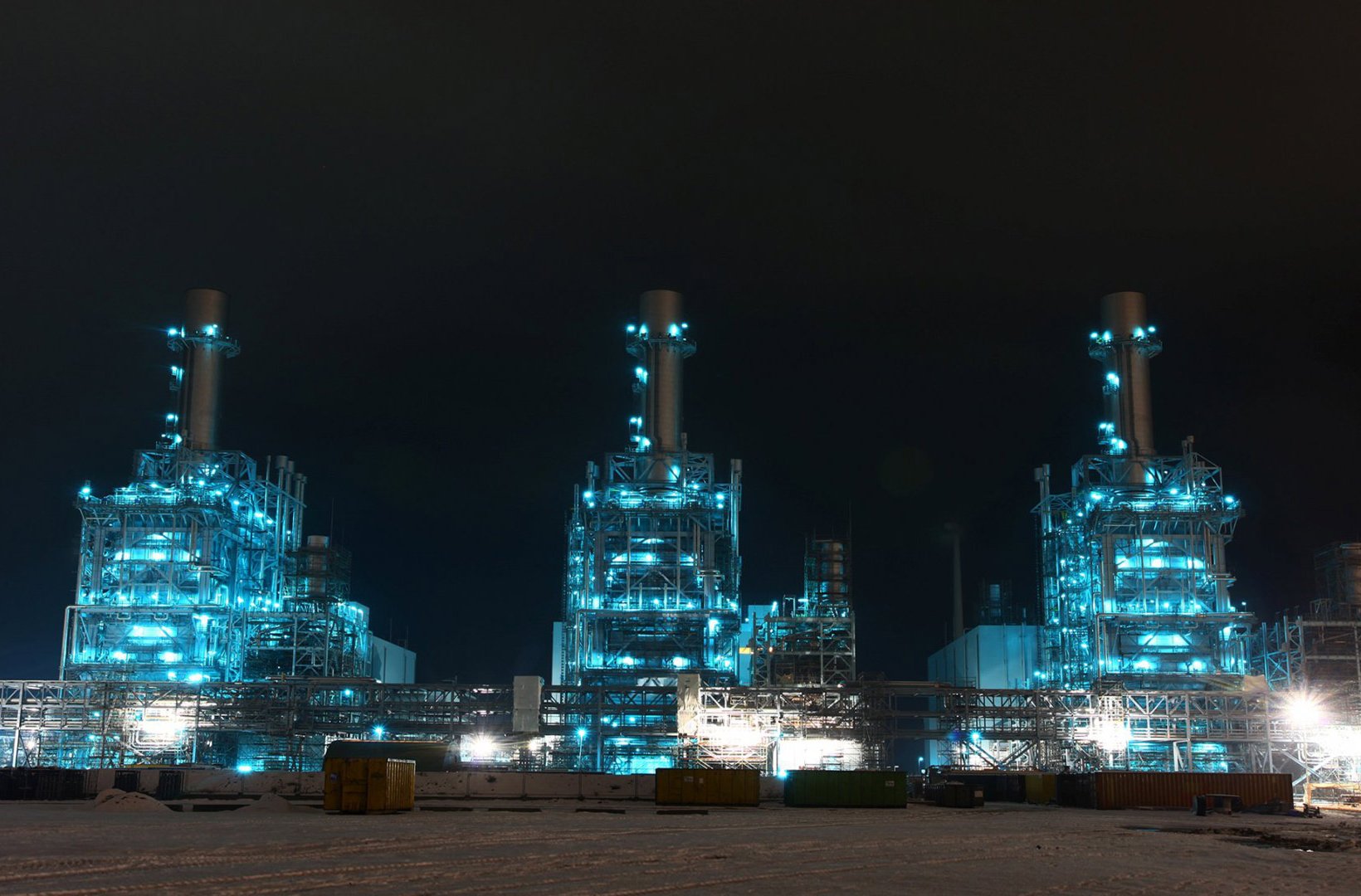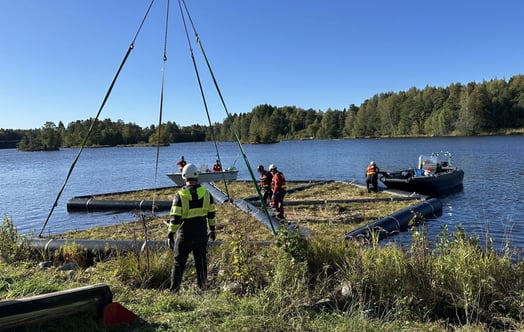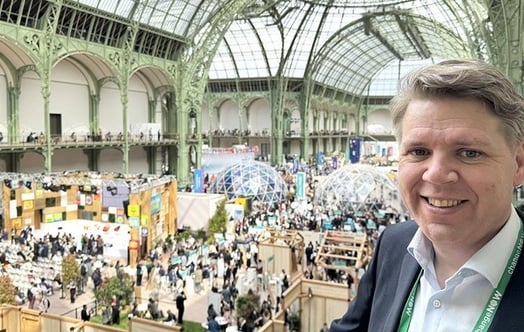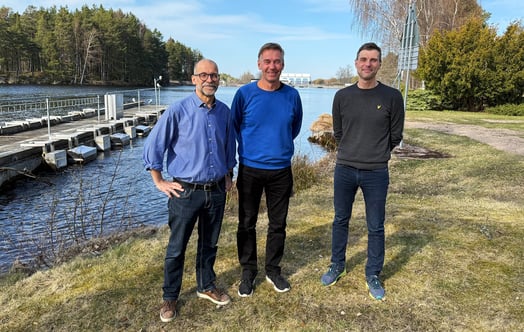Carbon emissions to be replaced by water vapour if natural gas is switched for hydrogen. Cooperation with Statoil and Gasunie started.
Vattenfall and its Dutch subsidiary Nuon is starting an innovative project together with Dutch gas infrastructure company Gasunie and Norwegian oil company Statoil to make use of hydrogen as a fuel for Nuon’s Magnum gas power plant in Groningen in the Netherlands.
The project aims to convert one of the three units at the power plant to hydrogen by 2023. This could be an important step on the road for Vattenfall to become 100 percent fossil-free within one generation.
Gas-fired power plants play an important role in providing a reliable energy supply in the Dutch market, due to their flexibility.
”Being able to guarantee energy supply stability will become even more important in the future with the increased amount of energy provided by weather-dependent wind and solar power. Gas-fired power plants will be able to provide the necessary flexibility in the future, on the condition that carbon dioxide emissions are reduced,” says Tuomo Hatakka, head of Business Area Heat.
Innovative project
Nuon/Vattenfall, Statoil and Gasunie are investigating the possibilities of using hydrogen as a fuel for generating electricity as an initial innovative project. As part of this project, one of the three units at the Magnum power plant in Eemshaven could potentially produce electricity using hydrogen from 2023. Magnum is ideally suited for this as it was designed to run on a number of fuel types.
As part of the joint venture, Statoil will focus on producing hydrogen by converting Norwegian natural gas into hydrogen and carbon dioxide. The carbon dioxide will be stored in underground facilities off the Norwegian coast, where Statoil has been storing captured carbon dioxide from the Sleipner field for over 20 years. Statoil has just been awarded a new concession by the Norwegian government to do so.
Within this project, Gasunie is carrying out research into how the hydrogen can be transported to the Magnum power station and, if needed, to temporarily store it. The hydrogen will be used by Nuon/Vattenfall as fuel to generate electricity. The main by-product from hydrogen combustion is water vapour.
Facts
In order to meet the targets from the Paris Agreement, CO2 emissions from the electricity sector will have to be 55 to 75 percent lower in 2030 than in 1990. Using hydrogen instead of natural gas could be an important step to achieve this.
Dutch CO2 emissions from electricity generation were approximately 45 million tonnes in 2015.
The potential, immediate reduction in Dutch CO2 emissions by replacing natural gas with hydrogen is four million tonnes of CO2 per year – which is equivalent to roughly 500.000 households.




